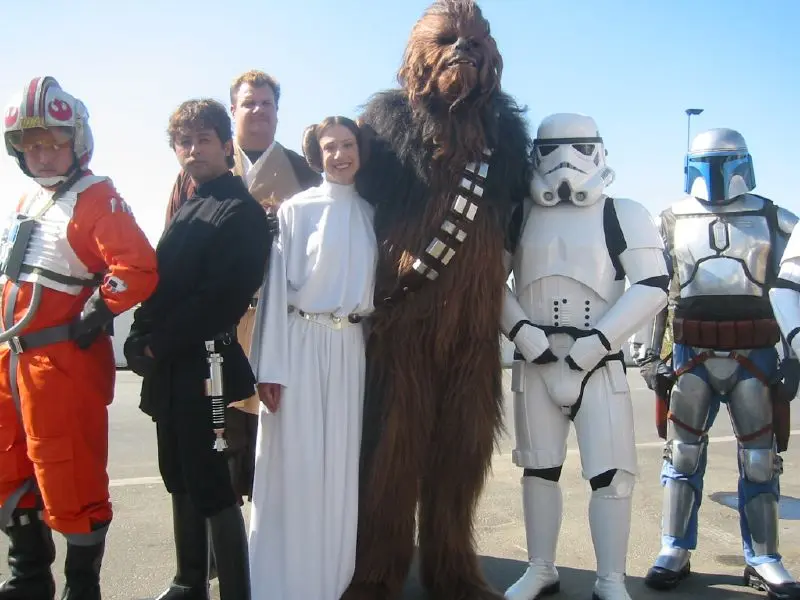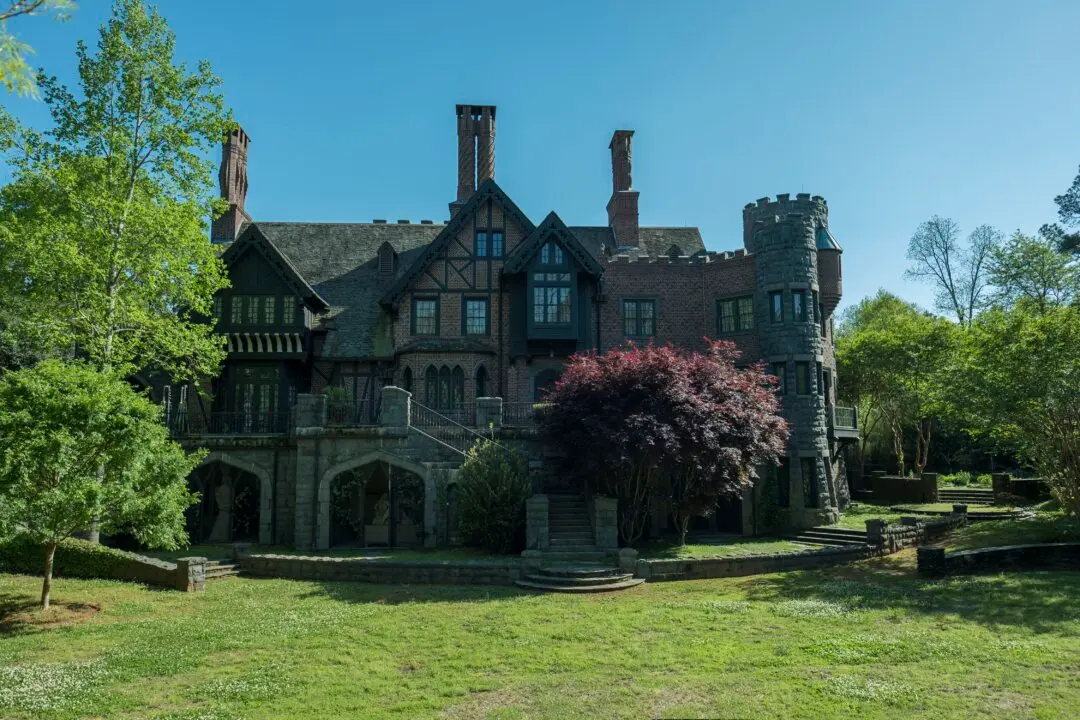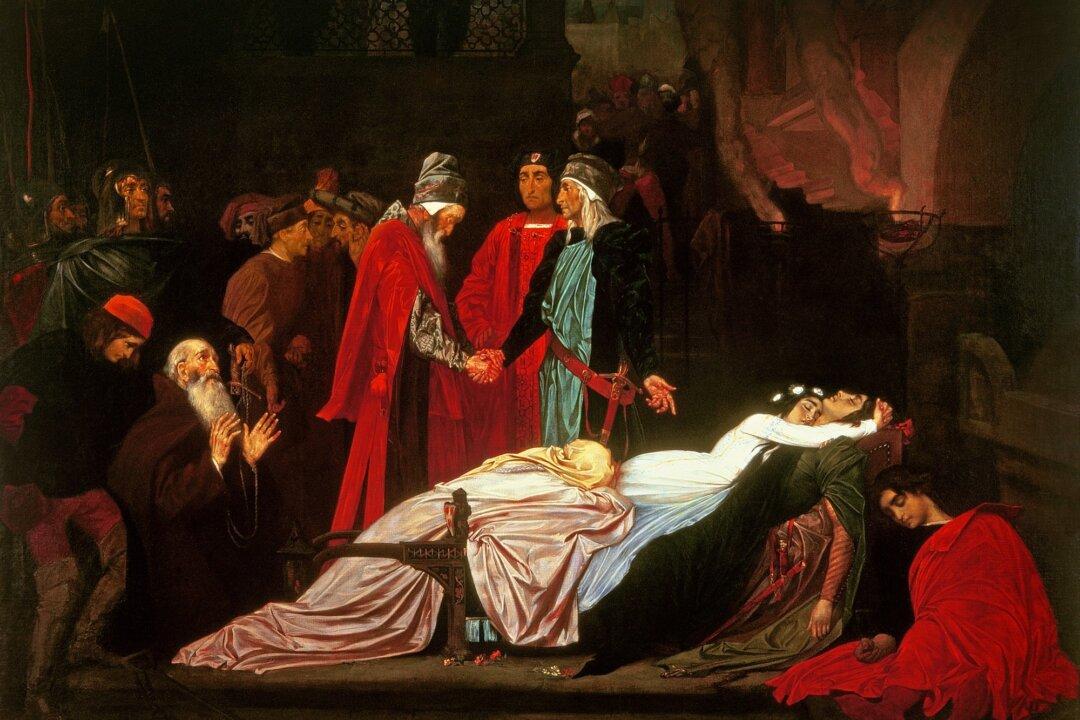It is a little known fact that in addition to being the foremost Founding Father, George Washington was unwittingly involved in the first world war. What Americans call the French and Indian War, which Europeans call the Seven Years’ War, took place because of a fight over Pittsburgh. This fight was begun by no other than George Washington. It was in the year 1754, long before the name “Pittsburgh” was given to the location where the Allegheny River from the north and the Monongahela River from the south come together and form the Ohio River. It was decades before Washington gained his immortal reputation in the American Revolution.
In the early 1700s, the Ohio River Valley (from modern-day Pittsburgh to St. Louis) was extremely valuable both to the English and to the French. After acquiring treaties with different Native American peoples in the valley, both of these European nations claimed the territory for themselves and had regular soldiers and Native American allies to back up those claims. The English also enlisted their colonists’ help. However, in terms of bases of operations, the territory was far from the settled areas of either nation. The main French settlements were up north along the St. Lawrence River, in what is now Canada, while the small cities and towns of the British colonies were all on the other side of the Appalachians.





